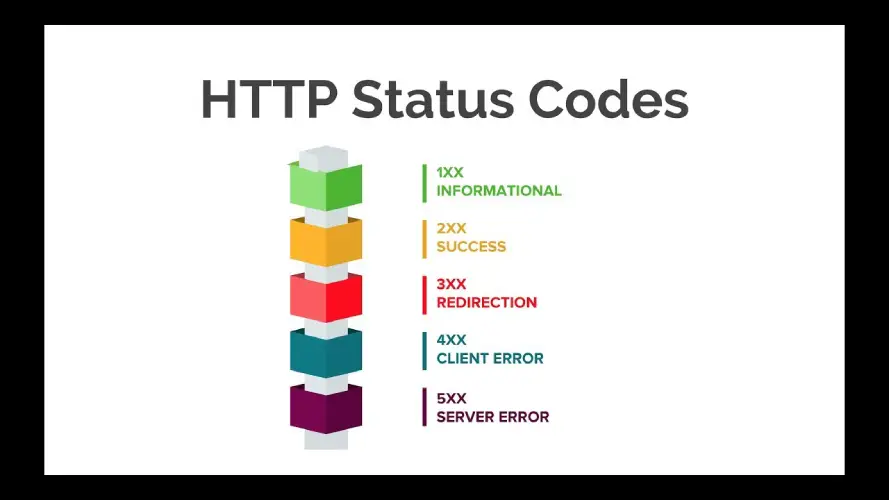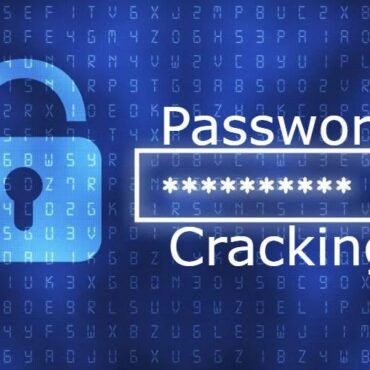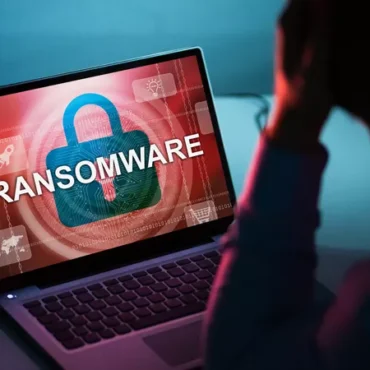Introduction
In digital forensics, every trace of data matters—including HTTP status codes. While commonly used by developers and network administrators, these status codes can also provide critical evidence in cybercrime investigations. Whether it’s tracing unauthorized access, reconstructing timelines, or detecting data breaches, understanding HTTP status codes is essential for forensic analysts.
This blog explores HTTP status codes from a forensic perspective, explains each category in detail, and answers frequently asked questions to help you become an expert in interpreting them.
What Are HTTP Status Codes?
HTTP status codes are three-digit responses sent by a server to a client (typically a web browser or application) indicating the outcome of a request. In forensic investigations, these codes can reveal whether:
-
A page or resource was successfully accessed.
-
There was an attempt to access unauthorized content.
-
Errors or manipulations occurred during communication.
They are grouped into five main categories, each beginning with a different digit (1xx–5xx). Let’s break them down from a digital forensics viewpoint.
1xx: Informational Responses
These indicate that the request has been received and is being processed.
| Code |
Meaning |
Forensic Significance |
| 100 |
Continue |
Rarely logged. May appear during long data uploads. |
| 101 |
Switching Protocols |
Check if WebSocket or TLS upgrade was involved—may hint at encrypted communication. |
| 102 |
Processing |
Seen in WebDAV operations. Watch for file manipulations. |
Note: These codes are usually transient and may not be recorded unless detailed logging is enabled.
2xx: Success Codes
These mean that the client’s request was successfully received and processed.
| Code |
Meaning |
Forensic Relevance |
| 200 |
OK |
Confirms successful content retrieval. Useful in reconstructing user activity. |
| 201 |
Created |
Watch for suspicious uploads or account creations. |
| 202 |
Accepted |
Action accepted but not yet completed—could be a scheduled job or background task. |
| 204 |
No Content |
May indicate API hits or head requests used in automation/bots. |
Tip: Focus on 200 and 201 when analyzing credential misuse or data exfiltration.
3xx: Redirection Codes
These indicate the resource has moved or the user is being redirected.
| Code |
Meaning |
Forensic Relevance |
| 301 |
Moved Permanently |
Can reveal website restructuring or phishing setups. |
| 302 |
Found |
Temporary redirect—check if it was malicious. |
| 304 |
Not Modified |
Could suggest cached data reuse—possible sign of scripted behavior. |
Warning: Persistent 301/302 redirects to external sites can indicate phishing redirections.
4xx: Client Errors
These show that something is wrong with the client request. Highly relevant in forensic analysis.
| Code |
Meaning |
Forensic Clues |
| 400 |
Bad Request |
Look for malformed or automated scanning requests. |
| 401 |
Unauthorized |
Attempted access without valid credentials. Critical in brute-force detection. |
| 403 |
Forbidden |
Access denied—check if it’s a privilege escalation attempt. |
| 404 |
Not Found |
Overused by attackers scanning for vulnerable endpoints or admin panels. |
| 429 |
Too Many Requests |
Strong indicator of bots, crawlers, or DDoS activity. |
Log Focus: Track repetitive 401s and 404s for brute-force or reconnaissance behavior.
5xx: Server Errors
These indicate issues on the server side, often from overload or misconfiguration—but can also be caused by attacks.
| Code |
Meaning |
Forensic Red Flags |
| 500 |
Internal Server Error |
If frequent, check for code injection or server misconfigurations. |
| 502 |
Bad Gateway |
Could point to proxy failures in multi-tiered attacks. |
| 503 |
Service Unavailable |
Seen in DoS/DDoS attacks or service crashes. |
| 504 |
Gateway Timeout |
Can hint at long-running malicious scripts or upstream failures. |
Red Alert: Spikes in 5xx codes may suggest attempted or successful exploitation of server vulnerabilities.
Why Are HTTP Status Codes Important in Forensics?
-
Reconstruct User Sessions: Determine what actions were performed and whether they were successful.
-
Detect Unauthorized Access: Track login failures (401s), blocked access (403s), or scans (404s).
-
Identify Attack Patterns: Repeated 4xx and 5xx patterns can indicate brute-force, DoS, or vulnerability scanning.
-
Correlate with Timestamps: Align status codes with other logs (e.g., system, firewall, IDS) for deeper insight.
Real-World Use Case: Brute Force Attack Detection
In a recent forensic analysis, a log showed:
10.10.10.5 - - [29/Jul/2025:12:12:12 +0000] "POST /login HTTP/1.1" 401
10.10.10.5 - - [29/Jul/2025:12:12:14 +0000] "POST /login HTTP/1.1" 401
10.10.10.5 - - [29/Jul/2025:12:12:16 +0000] "POST /login HTTP/1.1" 200
This pattern confirmed a successful brute-force login, as multiple unauthorized (401) attempts were followed by a successful login (200).
FAQs on Forensic HTTP Status Codes
Q1: Which HTTP status codes are most relevant in cyber forensics?
401, 403, 404, 429, 500, and 503 are highly significant for intrusion detection, error tracing, and traffic pattern analysis.
Q2: Can attackers manipulate HTTP status codes?
Yes. Advanced attackers may generate false 200 OK responses or manipulate headers to confuse investigators or avoid detection.
Q3: What tools help analyze HTTP status codes in forensic logs?
-
Wireshark: For live traffic capture.
-
ELK Stack (Elasticsearch, Logstash, Kibana): For large-scale log parsing.
-
Splunk: For log aggregation and visualization.
-
X-Ways, Autopsy: For timeline correlation with other artifacts.
Q4: Is a 404 error always innocent?
Not necessarily. Repeated 404s from the same IP in a short period may indicate directory brute-forcing or reconnaissance.
Q5: Can HTTP logs serve as legal evidence?
Yes, if collected and preserved properly with chain-of-custody protocols, HTTP access logs can be submitted as admissible digital evidence in court.
Conclusion
HTTP status codes are more than just technical responses—they are digital footprints that help forensic experts trace cybercrime, detect suspicious behavior, and reconstruct timelines. Understanding their forensic implications empowers investigators to build stronger cases, detect anomalies early, and ensure data integrity in incident response.
Whether you’re a cybersecurity analyst, law enforcement officer, or forensic student, mastering these codes is essential for accurate, evidence-driven investigations.
Need Expert Log Analysis?
At Hawk Eye Forensic, we specialize in digital forensic investigations, including HTTP traffic analysis, log correlation, and intrusion detection. Our experts can assist with incident response, malware tracing, and data breach investigations.
Website: www.hawkeyeforensic.com
Address: C-38, 2nd Floor, Sector-65, Noida – 201301





Post comments (0)